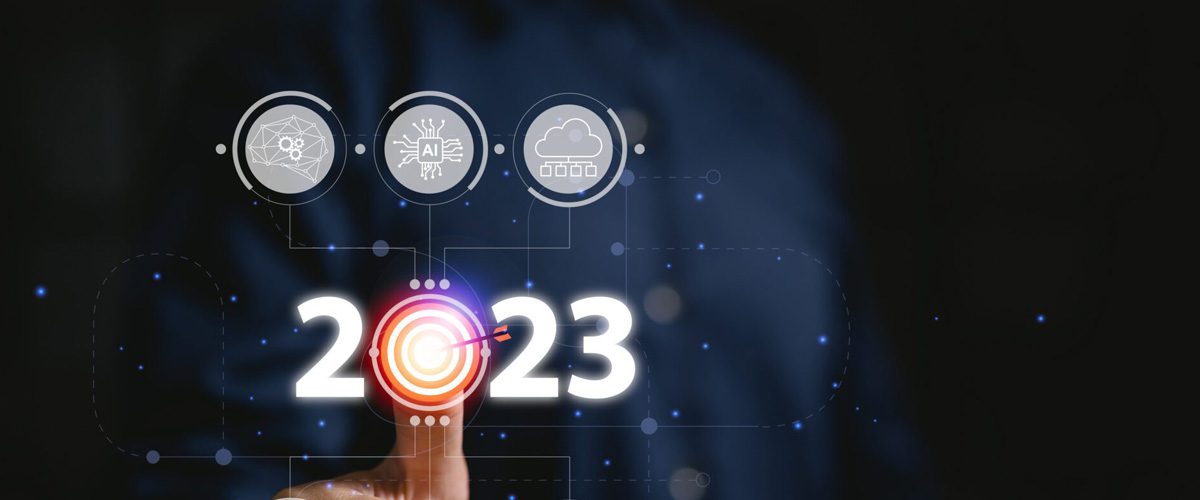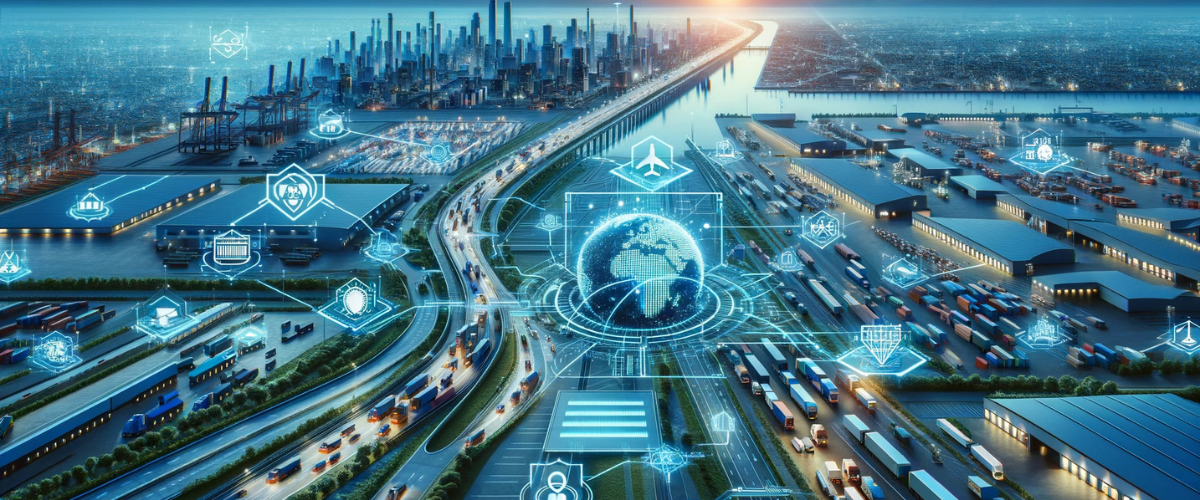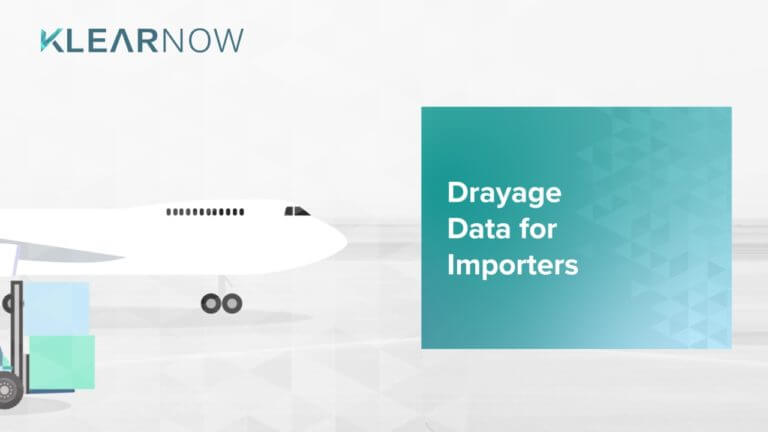The US import economy continues to grow, thanks to a post-pandemic resurgence in retail consumer demand that continues to stay well above historical trendlines. The previous year has been a rollercoaster, with global supply chains constrained due to tight capacity and logistics bottlenecks in the first half of the year. While import numbers have scaled back over H2 ‘22 due to increasing consumer spend on services, there is little question on the resiliency of the US import economy.
While growing import volumes are welcomed, it also signals the need for US Customs to ensure compliance numbers aren’t slipping. The import industry is highly fragmented, with the market dominated by small- and mid-sized importers. Many of these businesses work with customs brokers to ensure their import arrives safe, while ticking off the correct customs procedures.
Technology, especially digitalization, is expected to make bigger inroads into the industry. Stakeholders — importers, brokers, or customs — are looking to strengthen their technology prowess, inching towards better compliance with minimal human intervention.
Here’s a look at some major trends impacting customs and how importers do business.
The use of AI and ML within customs will increase in popularity
The US imports industry was worth $3.39 trillion in 2021, making the country the largest importer in the world — and by a long margin. While manual interventions and scrutiny can help improve compliance, intermediaries like brokers and freight forwarders might be well off employing artificial intelligence to monitor a diverse and ever-growing trade volume.
While customs processes could be strenuous and resource-intensive, the influx of AI-based tools can help hasten workflows. In the US, importers can find the codes and customs rates pertaining to their freight on the Harmonized Tariff Schedule (HTS), which they provide to their brokers, along with furnishing packing lists, bill of lading, and allied invoices. Brokers validate it and work with the Customs to receive the imports.
AI-based tools can help read and ingest data with impeccable accuracy, removing manual scribing errors. Aside from having the HTS database integrated in its platform, KlearNow’s proprietary AI can read and process documents, identifying necessary details that it extracts to auto-populate customs documents. This can then be verified by brokers, expediting the process, with a high degree of data accuracy. From the Customs POV, this can significantly reduce tax evasion and issues with non-compliance, while also quickening clearance pace via a decrease in the need for clarifications.
Technology-forward customs brokerages will increase in number
Brokerages have always been the vital cogs that help keep the import economy in shape, with brokers rising in relevance at the height of the pandemic due to the historically tight market.
Traditional customs brokerages remain in vogue, considering certain services cannot be replicated by automation — like interpersonal relationships. Good relationships ensure operations run without hiccups, especially in a volatile market. A significant portion of importers prefers interactions with humans on the brokerage side as well, reiterating the need for traditional customs brokerages.
That said, the industry will see traditional brokerages increasingly adopt technology, including digitalizing workflows. Importers are used to a degree of visibility with their DTC (direct-to-commerce) purchases and anticipate customs brokers to offer more visibility than passive tracking notifications.
Digital transformation will help brokers add the visibility layer to operations and allow them to integrate with the importer’s ERP systems for seamless data and intel transfer. Data integration simplifies the customs process, reducing paperwork and making declarations easier. Automating data transfer will eliminate the risks of manual errors with transcribing or duplicated entries.
The industry will see digital customs brokerages gain ground. Companies like KlearNow.AI automate a bulk of the customs process for importers while offering transparency to customs clearance. Importers have visibility to their documents on-demand, and if customs require added information, importers can promptly revert with the necessary data.
Visibility will encourage better compliance and improve operational efficiencies
The US import ecosystem beckons 2023 on the back of US Customs’ new regulation, which has mandated direct relationships between importers and customs brokers. The disruptive reform will cease third-party service providers and freight forwarders from acting as an intermediary to the customs process, requiring importers to sign a power of attorney (POA) directly with the customs broker to move freight into the US.
This will mean importers have their eyes on the process, as ultimately, the onus lies on the importer to ensure their freight follows proper customs declarations. Direct relationships will foster better visibility into customs operations, allowing importers to take cognizance of the state of freight as it passes through customs.
This would enable companies to plan their downstream operations better. For instance, if importers anticipate delays with customs clearance, they can reroute assets that were ready to service these loads to other parts of their supply chain. Increased digitalization in the industry will bring on-demand visibility, allowing customs service providers to directly integrate their system with the importers’ ERP, and seamlessly transfer status updates in real-time.



